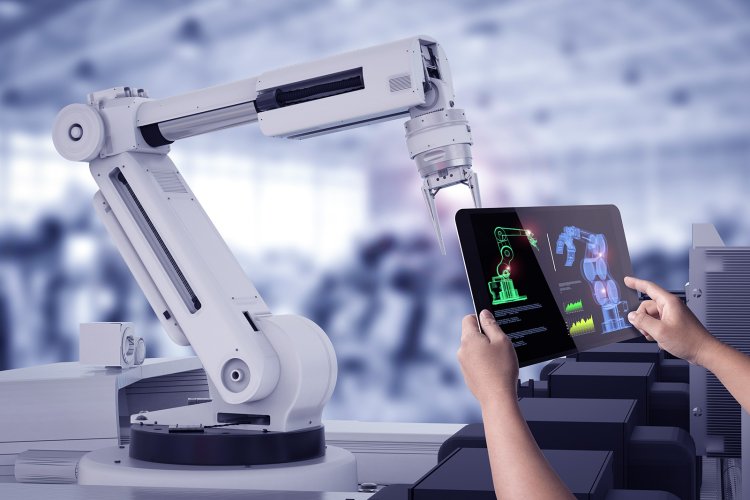8 Ways Artificial Intelligence and Automation Complement Each Other.
Automation software and artificial intelligence are largely complementary, each with different advantages in solving business problems. Leverage your strengths to significantly improve cycle times, efficiency, and quality.

Before explaining how automation and artificial intelligence can be integrated productively, it would be helpful to define the differences.
A lot of people must confuse the two, and it's not helpful because of the way the media often combines the two.
First, "automating" means using technology to run processes with minimal human intervention. Robotics and software are forms of automation, but do not necessarily include AI.
Artificial intelligence is a machine simulation of human intelligence. Some people think of "artificial intelligence" as a monolith, but it's actually a generic term for multiple possibilities. For example, the
Artificial Narrow Intelligence (ANI) is highly specialized, such as a chess program that can beat people but never flip the light switch. There are good examples of ANI that are commercially available today in natural language processing and machine learning. General Artificial Intelligence (AGI) is a "strong" artificial intelligence similar to the IBM Blue Brain project, which simulates human problem-solving and learning processes, but is still limited. Artificial Superintelligence (ASI) is an Ultron-level or HAL 9000-level nightmare that doesn't exist yet, and no one knows if it exists yet.
Advantages of combining two The modern use of automation and artificial intelligence has significant benefits. So let's see how we complement each other.
1. As we said, AI is a form of automation, but some types of automation are completely devoid of AI. For example, workflow automation can author and recommend documents without artificial intelligence. However, when AI is added to a workflow solution, AI-assisted steps can be completed in zero time by subtracting the human factor or gatekeeper from the equation.
2. NonAI software can automate tasks that humans know exactly what to do or do, such as sending documents for necessary review. This is done using conditional logic. Structured data captured in a particular field instructs the software what to do next. However, by adding AI, automation can address more complex situations involving unstructured data, which accounts for 80-90% of data in most organizations. For example, an artificial intelligence risk management platform can analyze unstructured data to recognize risks and then recommend mitigation actions. NonAI software cannot do this or requires a huge number of fields to be filled out by human users.
3. AI can learn on its own thanks to machine learning. By analyzing unstructured data and iterating processes, he can hone his skills and effectiveness, which in turn optimizes the automated processes he operates.
4. Natural Language Processing (NLP) is another aspect of AI that can benefit automated systems. An example is sentiment analysis of NPS responses, where artificial intelligence tools read those responses to identify potential problem locations or extract ideas that can be used for their own purposes. Platforms like Qandai, for example, automate the process of verifying commercial currencies to verify them.
5. Trained AI tools can also track data in real time to detect risks or unwanted trends much faster than dashboards that rely on user interaction. You can mitigate these risks even more proactively by alerting users to potential issues or triggering response automation.
6. Artificial intelligence and automation are most effective when used to solve or troubleshoot time-consuming and tedious problems. Unfortunately, "boring" usually means "humans are more likely to make mistakes." Larger workloads also mean more historical data is available for AI training.
AIembedded One example of where this targeted approach to embedded automation is of significant value to organizations is complex legal contract analysis software that can flag dangerous items or phrases for attention.
7. AI and software-based automation work best when developing iteratively. This means that software architects and architects must work with historical data and subject matter experts within their organizations to develop initial versions for distribution. your activity. Once you start using these pilots, you can iteratively update your AI model or software to drive continuous improvement and wider adoption.
8. When properly implemented, automation and artificial intelligence can accelerate ROI and ROI and further improve it up the ladder. For example, you can deploy a no-coding workflow automation solution to quickly create, optimize, and accelerate business processes, then leverage targeted AI to remove more human intervention from the automated processes.
Summary: Automation software and artificial intelligence are largely complementary, each with different advantages in solving business problems.
Leverage your strengths to significantly improve cycle times, efficiency and quality.







